The Lexus LS flagship sedan is once again the platform for the latest automated driving test vehicle from the Toyota Research Institute (TRI):
The TRI-P4 test vehicle will debut at CES next week with the latest in TRI’s automated driving system: Guardian and Chauffeur:
“Our Chauffeur development is focused on full autonomy, where the human is essentially removed from the driving equation, either completely in all environments, or within a restricted driving domain,” said Ryan Eustice, senior vice president of automated driving at TRI.
“Guardian, on the other hand, is being designed to amplify human performance behind the wheel, not replace it. The introduction of the new P4 platform will help us accelerate the development of both tracks when it joins our fleet this spring.”
P4 will make its public debut during Toyota’s CES press conference at 1:00 p.m. PT on Jan. 7. As part of the event, TRI CEO Dr. Gill Pratt will present recent technological advances in its Guardian automated driving. TMNA R&D’s Prototype Development Center in Michigan will begin fabricating P4 vehicles from stock models this spring.

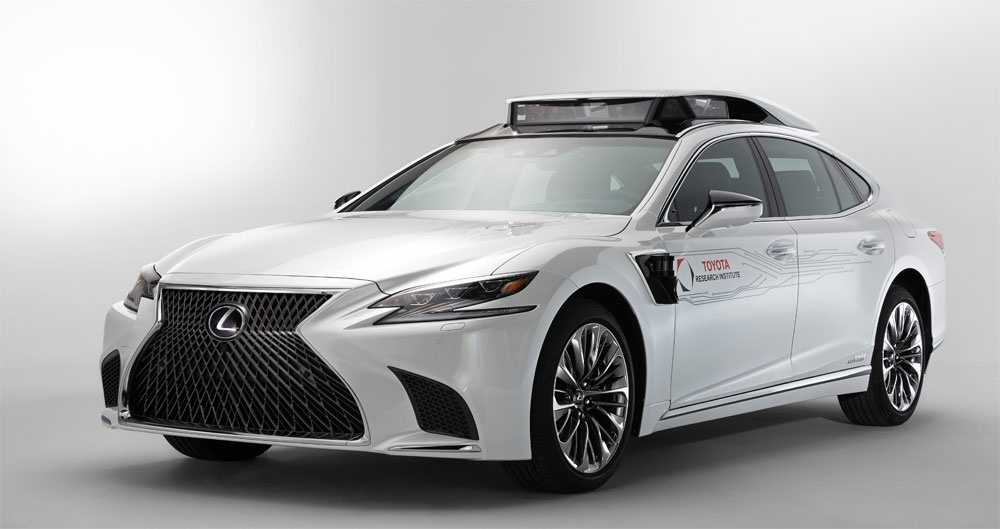

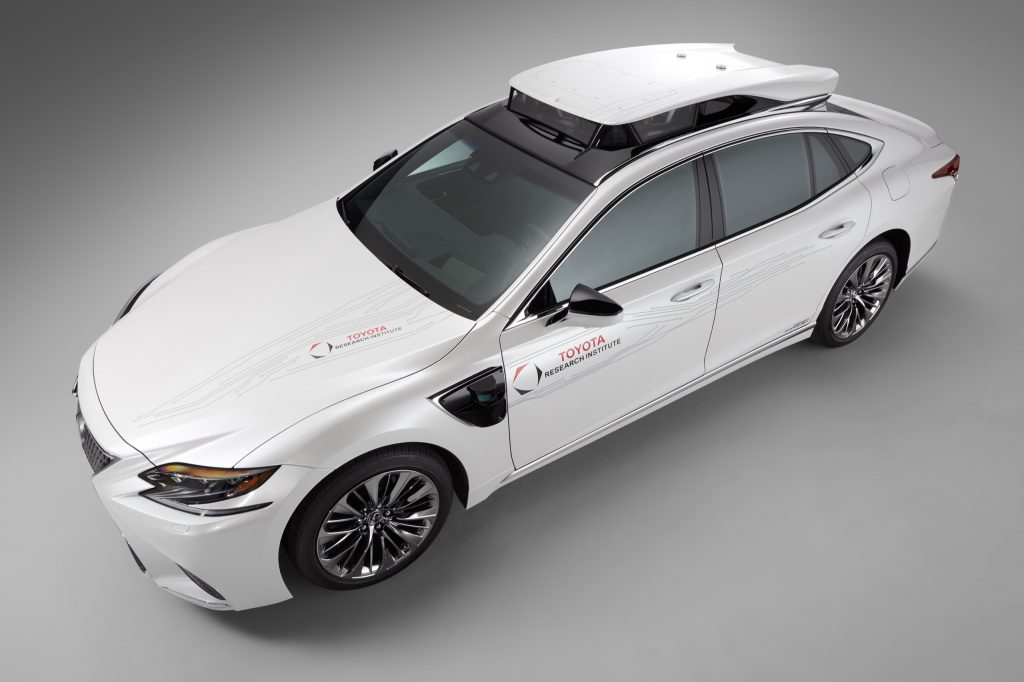
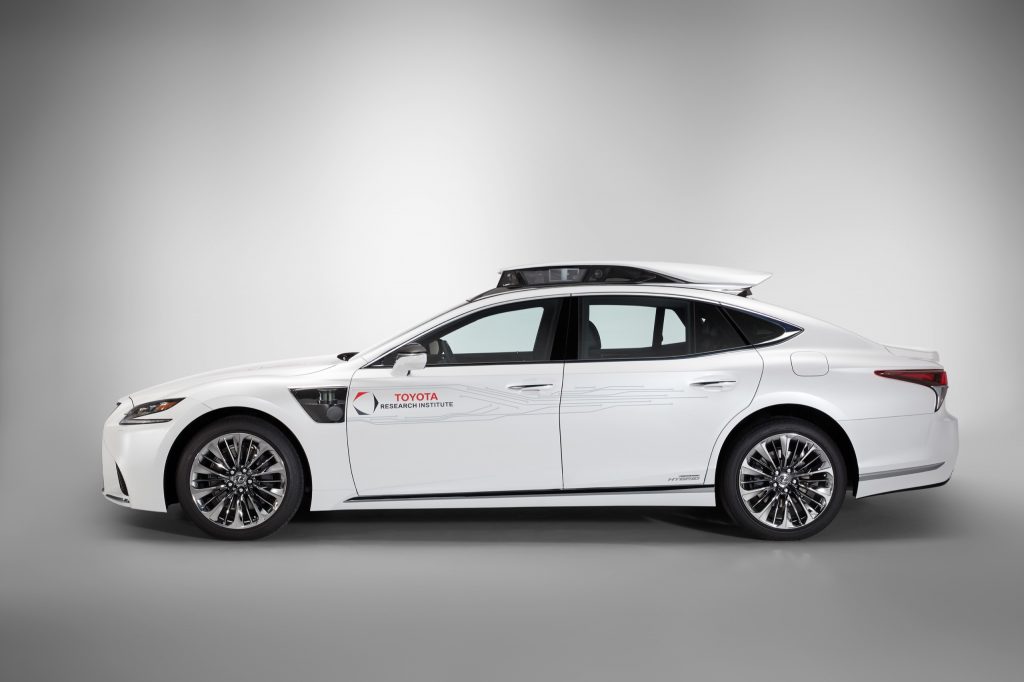
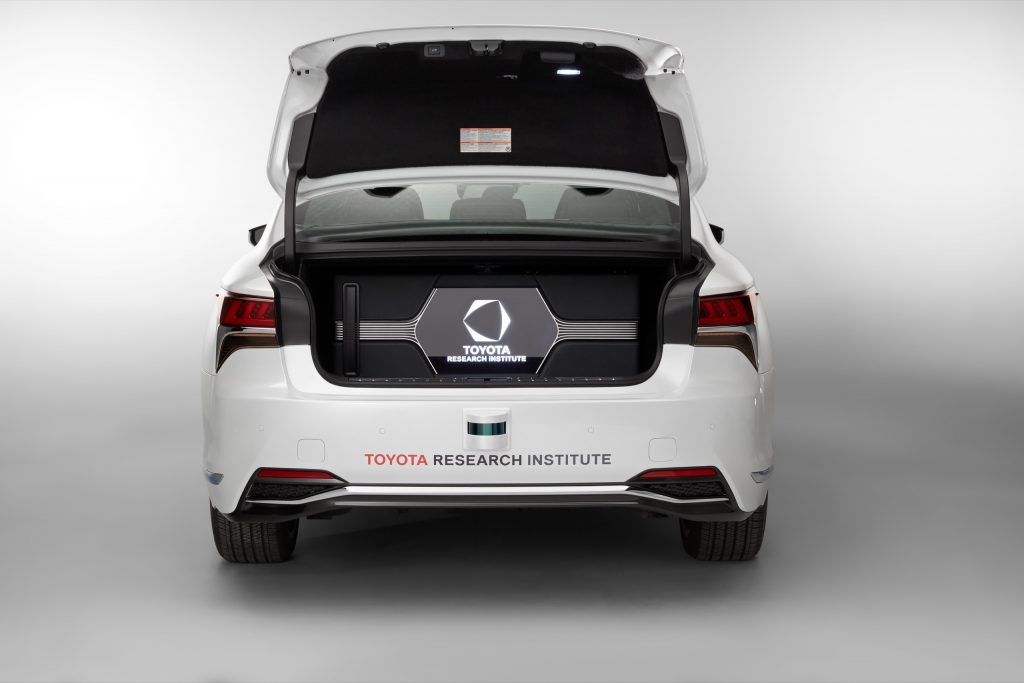
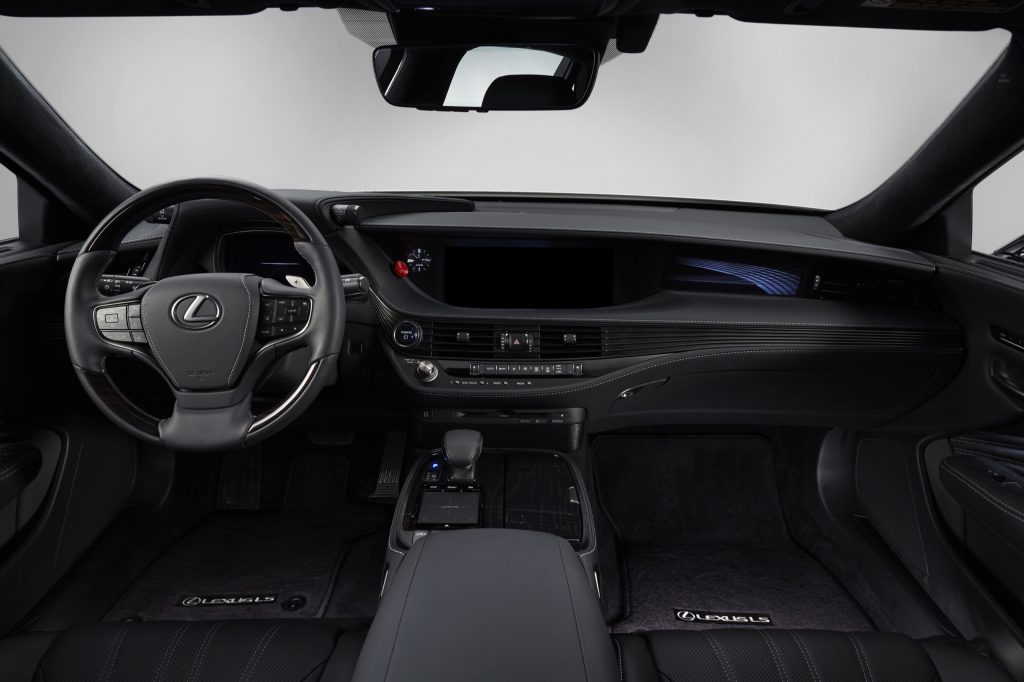
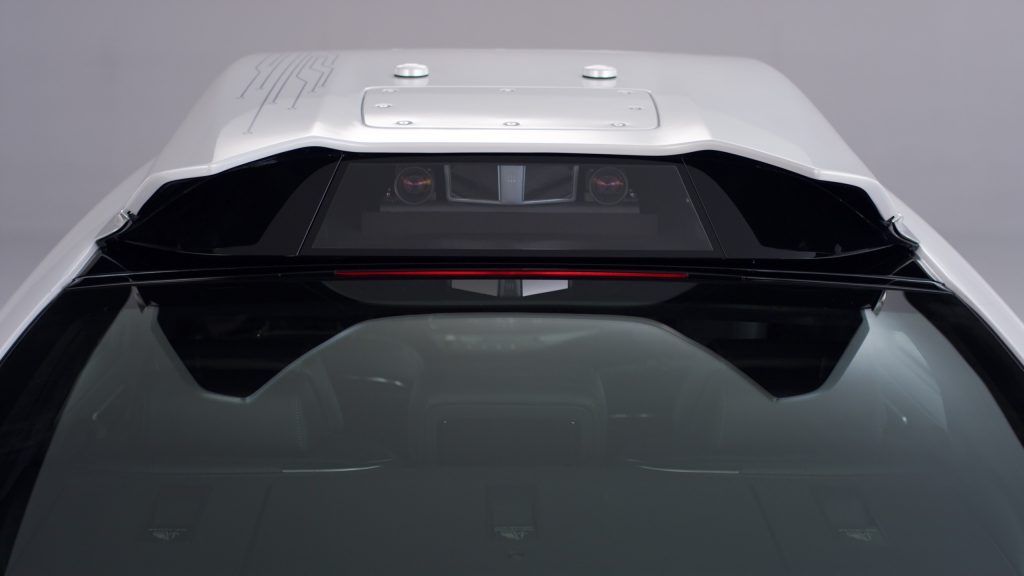
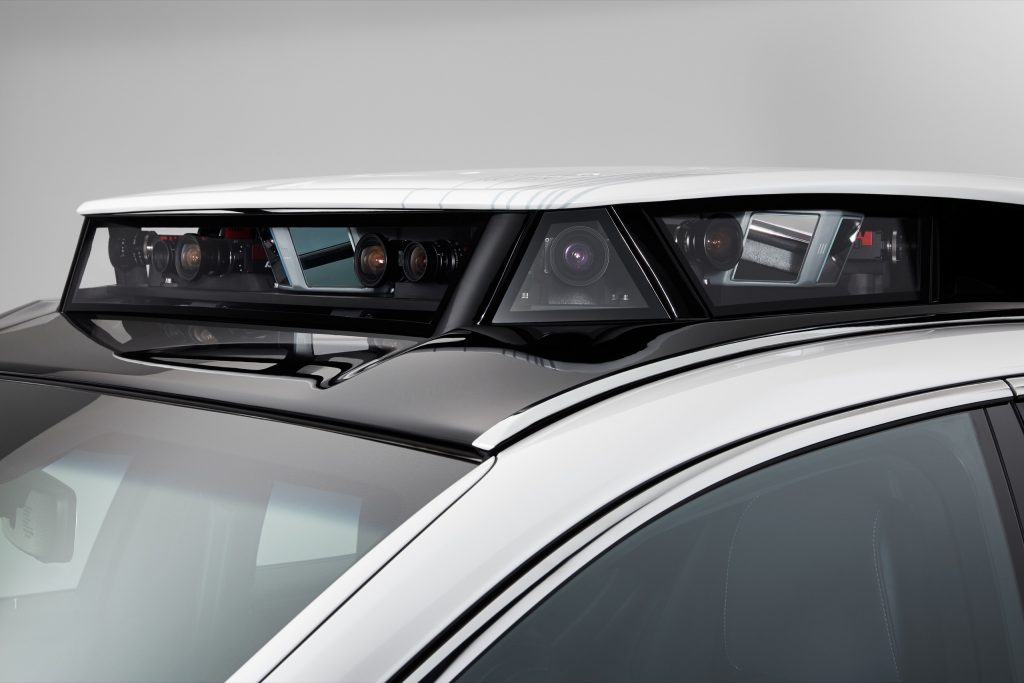
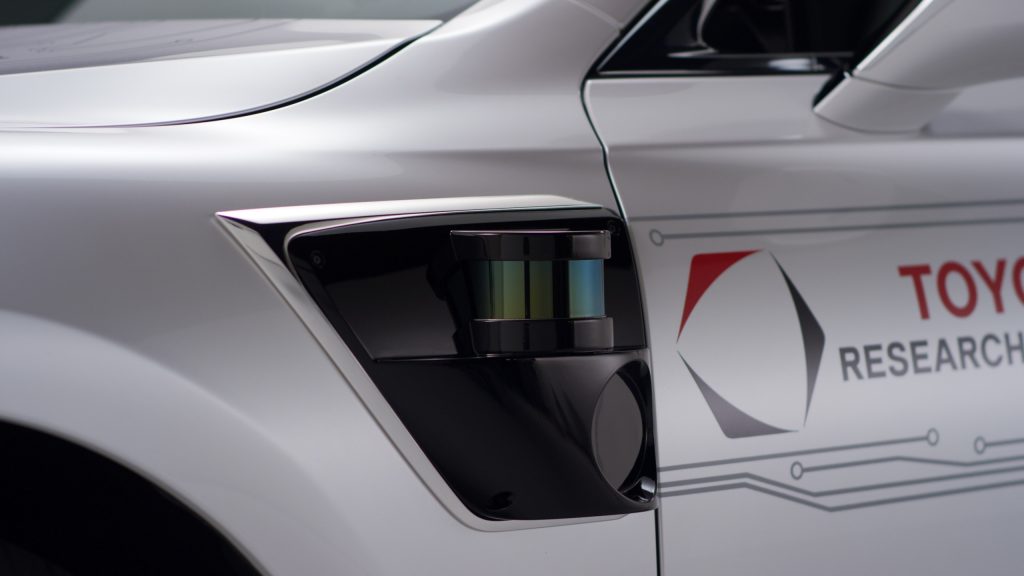
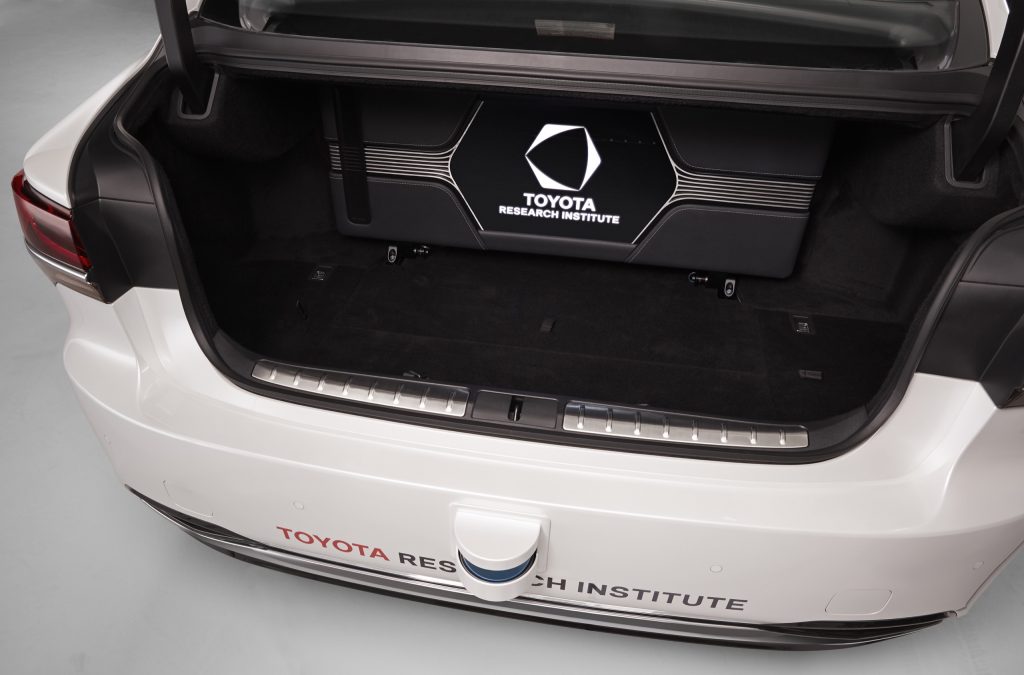
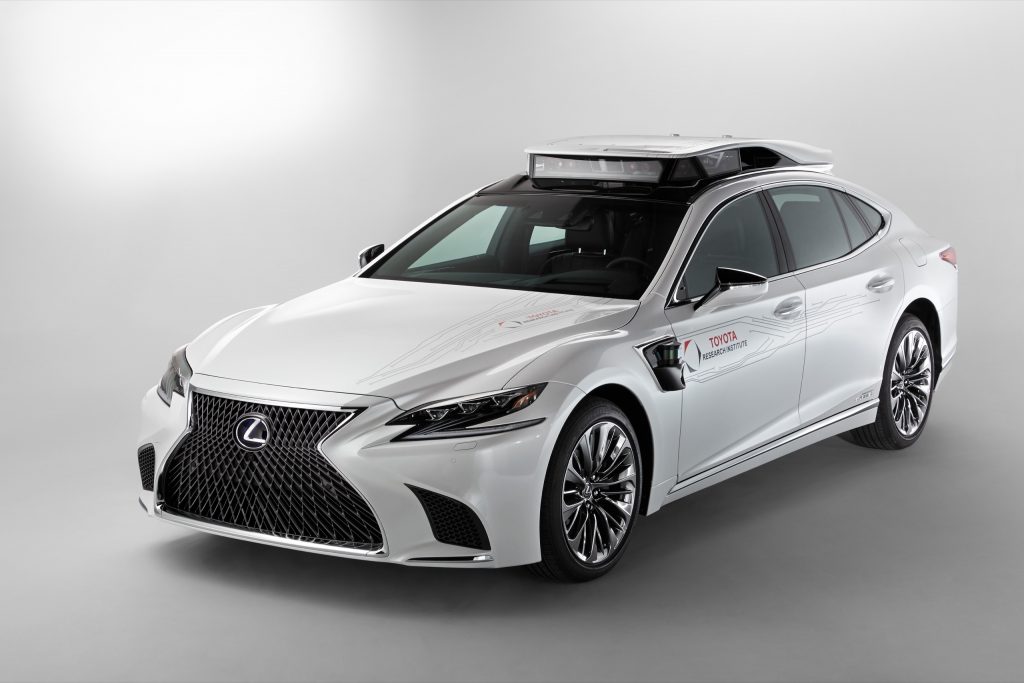
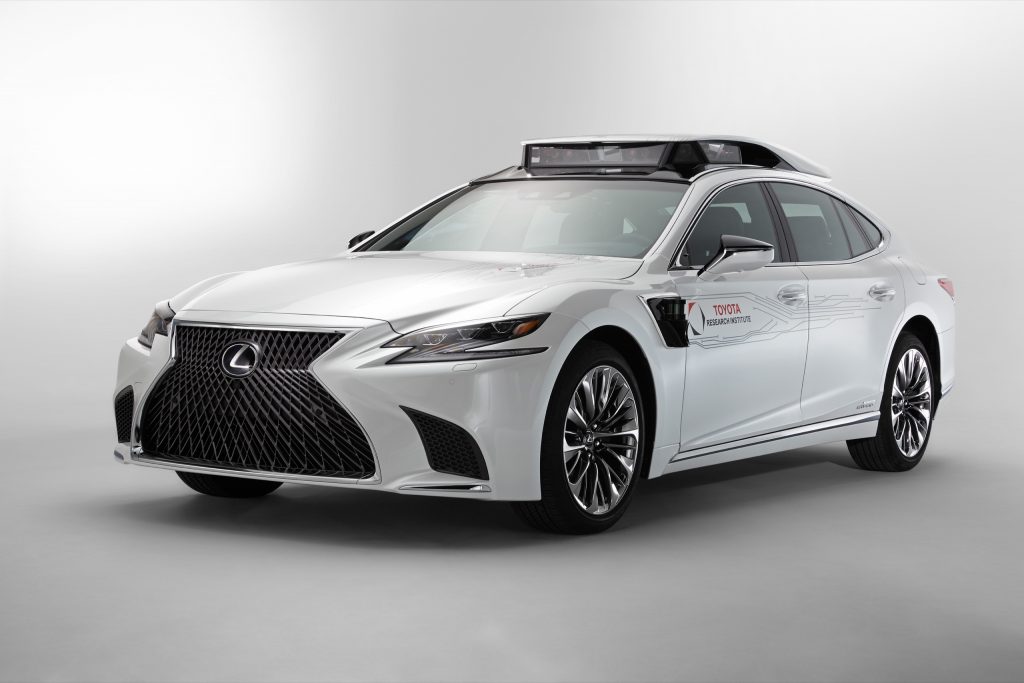
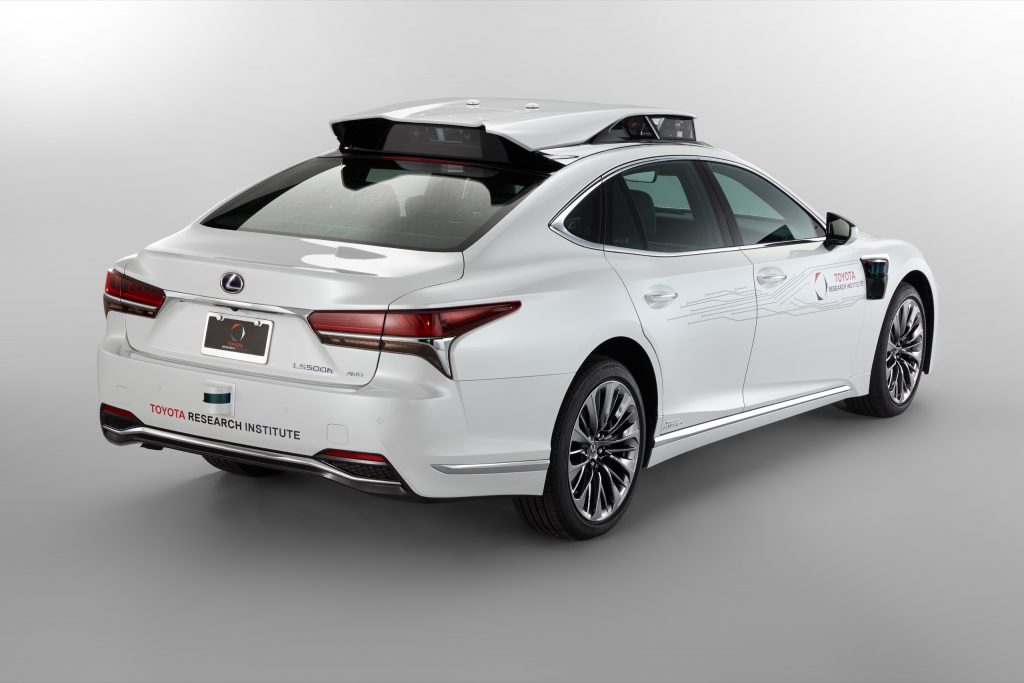
Comments